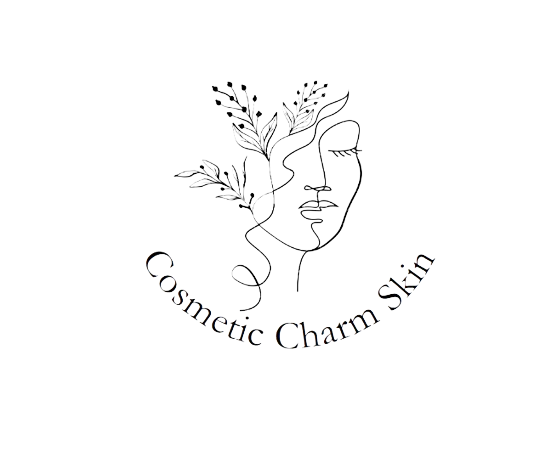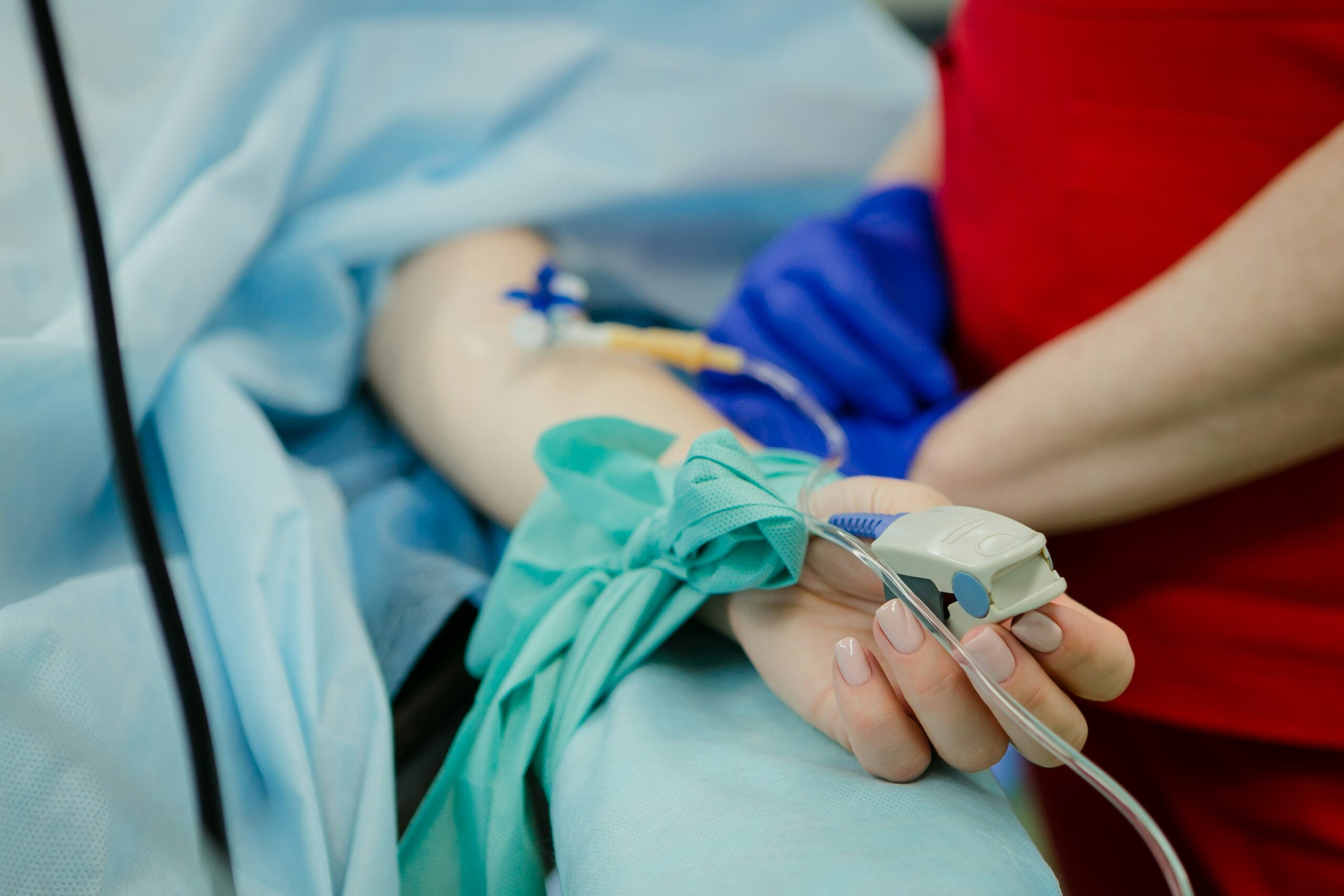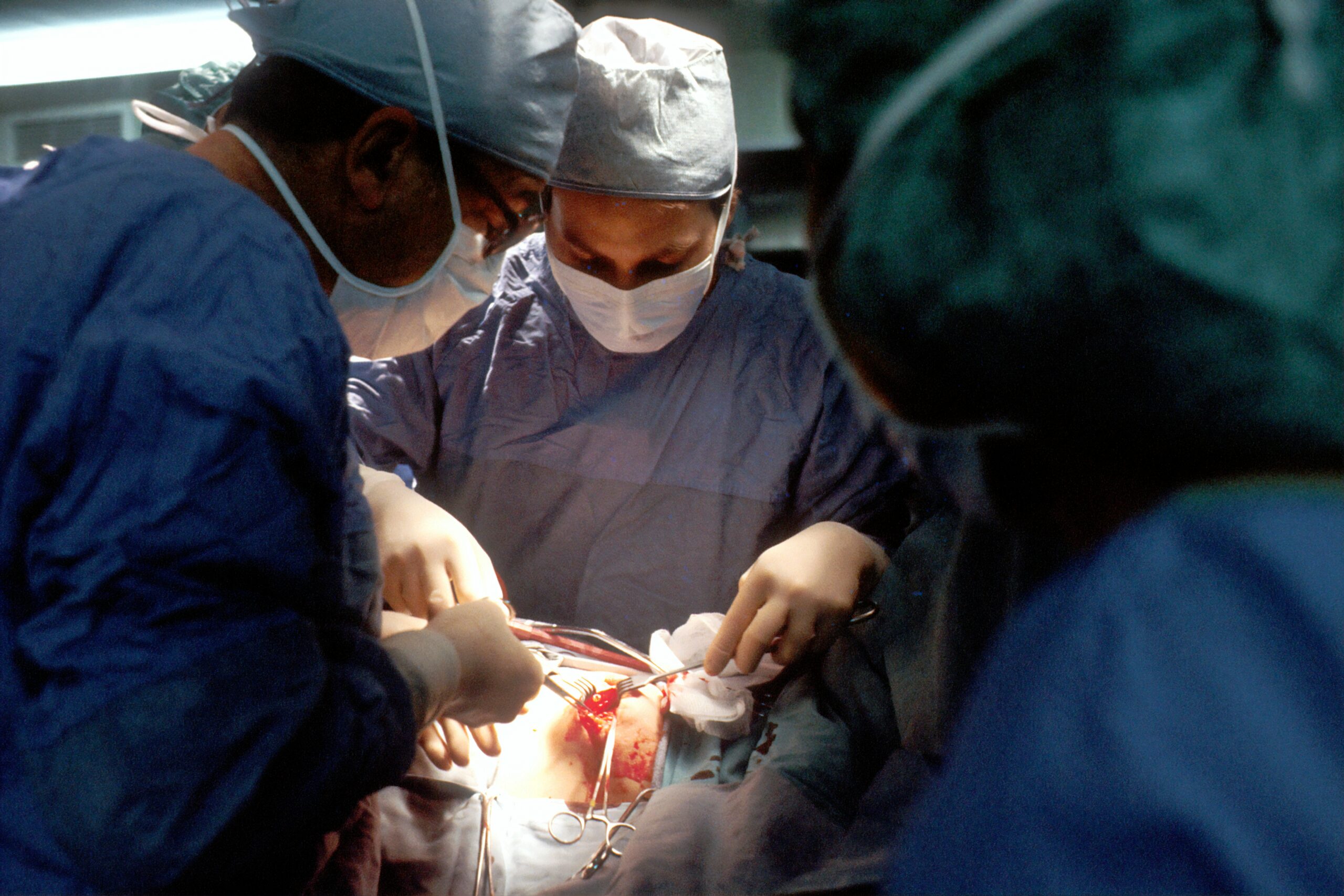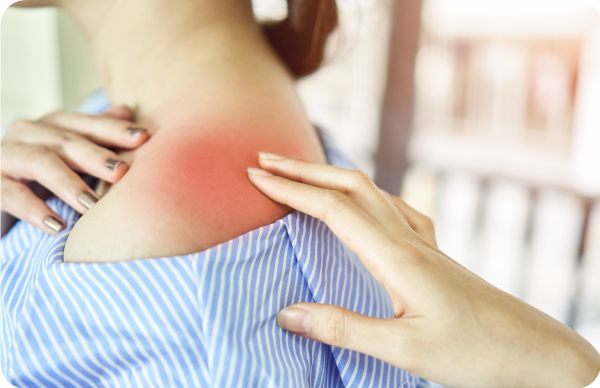Photodynamic Therapy (PDT) stands as a powerful treatment for various skin conditions, leveraging the interaction between specialized drugs and light to combat diseases at a cellular level. However, navigating the post-PDT phase requires a keen understanding of the Photosensitivity Factor — the heightened sensitivity of the skin to sunlight induced by the treatment. In this blog post, we’ll delve into the intricacies of PDT, emphasizing the critical role of sun protection during and after the therapy.
Understanding PDT
Photodynamic Therapy, commonly known as PDT, is a cutting-edge treatment that utilizes photosensitizing agents and light to selectively destroy abnormal cells. Ideal for treating skin conditions such as actinic keratosis and certain types of skin cancers, PDT involves a meticulous process where a photosensitizer is applied to the skin and later activated by light. This targeted approach ensures minimal damage to healthy tissues.
Photosensitivity: What You Need to Know
Photosensitivity, a key consideration in post-PDT care, refers to an increased skin reaction to sunlight. Common causes include medications, certain medical conditions, and, in the context of PDT, the photosensitizing agents applied during the procedure. Understanding photosensitivity is crucial for effective sun protection post-treatment.
Sun Protection Essentials
To shield your skin during and after PDT, sun protection becomes paramount. Sunscreens play a pivotal role in preventing sun damage, and choosing the right one is crucial. Opt for broad-spectrum sunscreens with high SPF values, ensuring they provide sufficient protection against UVA and UVB rays. Additionally, incorporating protective clothing and accessories complements the effectiveness of sunscreens.
Navigating the Photosensitivity Factor
Various factors influence the degree of photosensitivity post-PDT. These include the type of photosensitizer used, the dosage administered, and individual skin types. Navigating this photosensitivity factor requires a personalized approach, with considerations for adjusting daily activities and sun exposure levels.
Recommended Products
For an effective post-PDT skincare routine, selecting the right products is essential. Dermatologist-approved sunscreens, preferably those with physical blockers like zinc oxide or titanium dioxide, offer reliable protection.
Tips for PDT Aftercare
Crafting an effective post-PDT aftercare routine involves a combination of skincare practices and lifestyle adjustments. Regularly moisturizing the treated area, avoiding excessive sun exposure, and staying hydrated contribute to a smoother recovery. Steering clear of common mistakes, such as neglecting sunscreen application, is equally vital.
Takeaway
The journey through PDT and managing the Photosensitivity Factor necessitates a holistic approach. By understanding the intricacies of PDT, prioritizing sun protection essentials, and learning from real-life case studies, individuals can optimize their post-PDT care. Embrace a sun-safe routine, consult with experts, and embark on a path towards not just recovery but long-term skin health.
At Cosmos Clinic, we’re dedicated to bringing you the latest in acne treatment, and Photodynamic Therapy (PDT) is our star. With a team of experts and state-of-the-art facilities, we’re your ultimate destination for PDT. Unleash your skin’s potential and let us guide you on your journey to a brighter, acne-free complexion.











